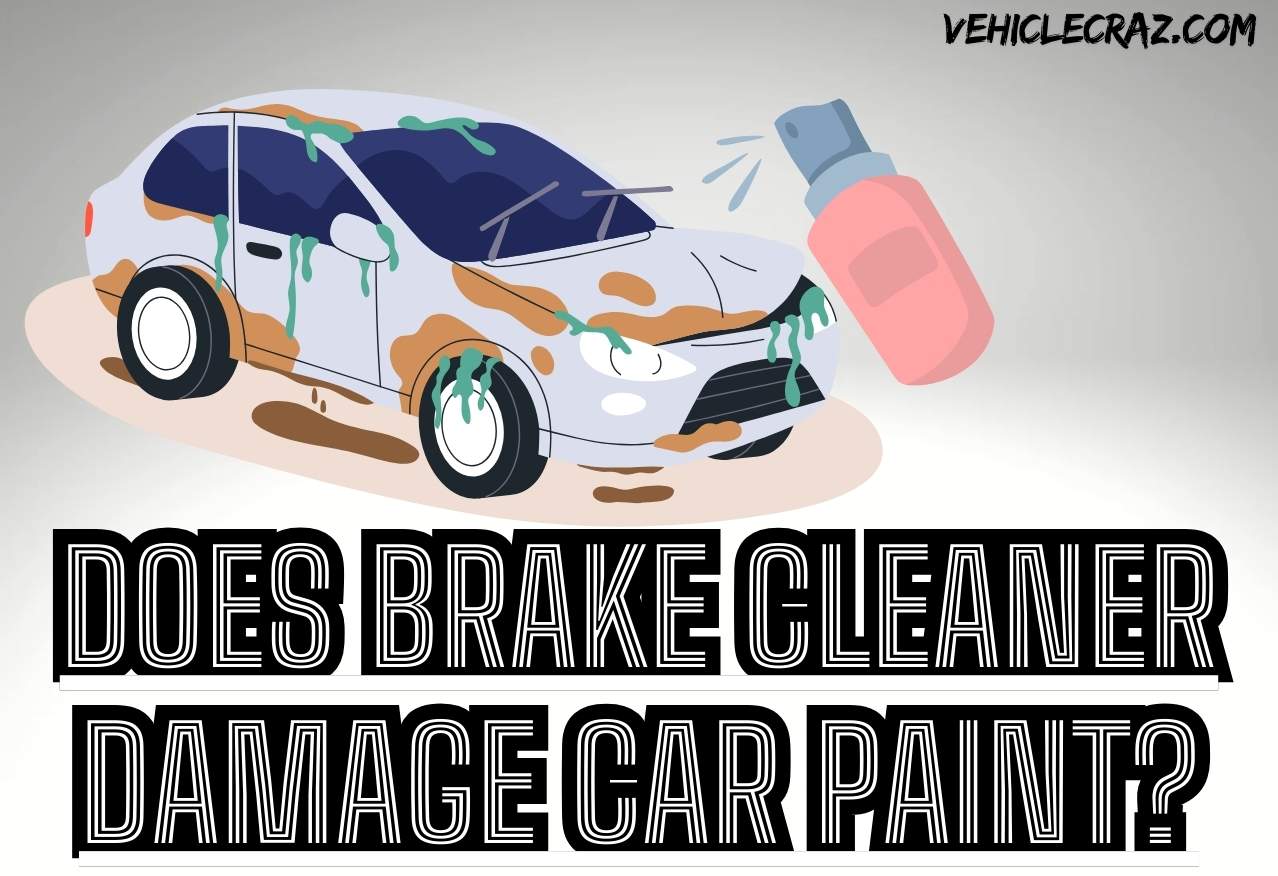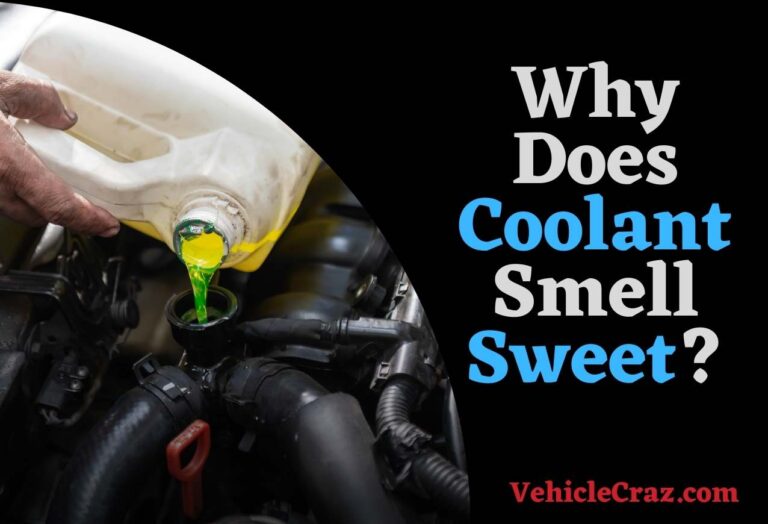If you accidentally spill brake cleaner on car paint, it’s essential to act quickly to minimize potential damage. Here’s what you can do:
First Step
Use a clean, dry cloth to gently blot and absorb as much of the spilled brake cleaner as possible. Do not rub, as this can spread the cleaner and damage the paint further.
2nd Step
Rinse the affected area thoroughly with water to dilute and remove any remaining brake cleaner. Use a gentle stream of water to avoid spreading the cleaner to unaffected areas.
3rd Step
Wash the area with a mild car wash soap and water to remove any remaining residue. Use a soft sponge or cloth and avoid scrubbing harshly, as this can damage the paint further.
4th Step
After washing, dry the area thoroughly with a clean, soft cloth. Inspect the paint for any signs of damage, such as discoloration, softening, or peeling. If damage is evident, consult a professional for repair options.
5th Step
Once the area is clean and dry, apply a coat of wax to protect the paint and restore its shine. Waxing can also help to minimize the appearance of any minor damage caused by the brake cleaner.
Will Brake Cleaner Remove Powder Coating?
Yes, brake cleaner can potentially remove powder coating. Brake cleaners contain strong solvents that are capable of breaking down and dissolving various contaminants, including powder coating.
The effectiveness of brake cleaner in removing powder coating can depend on several factors, such as the type and quality of the powder coating, the duration of exposure to the brake cleaner, and the specific formulation of the brake cleaner itself.
If you need to remove powder coating, it’s advisable to use a more targeted approach, such as chemical paint strippers specifically designed for removing powder coating, or mechanical methods like sandblasting. Using brake cleaner for this purpose may not be as effective and could potentially damage the underlying surface.
You May Also Like




![Airbag Light On and Horn Not Working? [SOLVED]](https://vehiclecraz.com/wp-content/uploads/2024/08/Airbag-Light-On-and-Horn-Not-WorkingArcadia-768x524.jpg)




